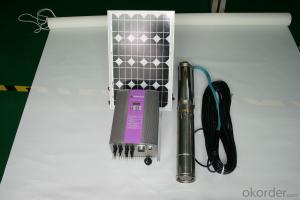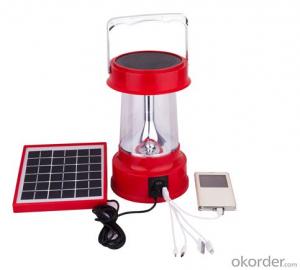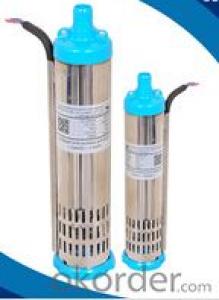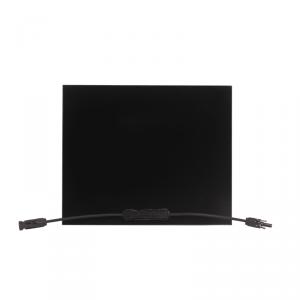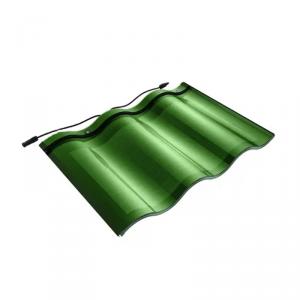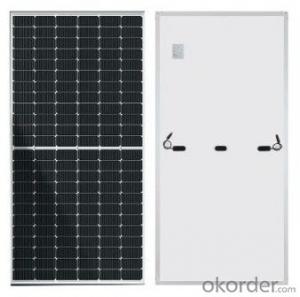Solar And Inverter
Solar And Inverter Related Searches
Solar System And Inverter Solar And Power Inverter Solar Controller And Inverter Solar Inverter And Controller Solar And Inverter System Solar Charger And Inverter Power Inverter And Solar Panel Solar And Ac Inverter Inverter In Solar The Solar Inverter Solar With Electric Inverter Inverter With Solar Input Inverter In Solar Energy Inverter For Solar Inverter With Solar System Inverter With Battery Solar Inverter With Solar Panel Inverter With Solar Panels Inverter With Solar Charger Solar Solar Inverter Use Of Solar Inverter Solar To Inverter About Solar Inverter Inverter Solar Inverter On Solar Panel Inverter For Solar Battery Solar Battery With Inverter Solar Power To Inverter Solar To Inverter Connection Inverter In Solar Power PlantSolar And Inverter Supplier & Manufacturer from China
Solar panels and inverters are integral components of a solar power system, designed to harness energy from the sun and convert it into usable electricity. These products are essential for homeowners and businesses looking to reduce their reliance on traditional energy sources and contribute to a more sustainable environment. Solar panels capture sunlight and convert it into direct current (DC) electricity, while inverters transform this DC power into alternating current (AC) electricity, which can be used to power homes and businesses. The application and usage scenarios of Solar And Inverter products are vast, ranging from residential rooftop installations to large-scale commercial and industrial projects. They are also utilized in off-grid systems, providing electricity to remote locations without access to the power grid.Okorder.com is a reputable wholesale supplier of Solar And Inverter products, offering a wide range of options to cater to various needs and preferences. With a large inventory that includes high-quality solar panels, inverters, and other related accessories, Okorder.com ensures that customers have access to reliable and efficient solutions for their solar power requirements. By partnering with well-known manufacturers and maintaining a commitment to customer satisfaction, Okorder.com has established itself as a trusted source for Solar And Inverter products in the global market.
Hot Products



























